
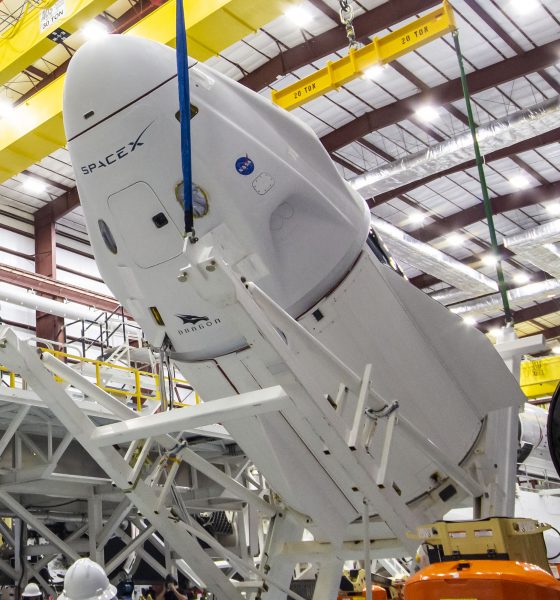
News
SpaceX installs Dragon spaceship on the rocket that’ll take it to space (again)
For the third time ever, SpaceX has installed a Crew Dragon spacecraft scheduled to launch astronauts on the Falcon 9 rocket that’ll carry it to orbit, sailing past one of the mission’s last major preflight milestones.
Known as Crew-2, the NASA Commercial Crew Program (CCP) mission will be SpaceX’s second operational crew ferry mission after its operational Crew-1 debut launched flawlessly on November 15th, 2020. Since November 16th, the Crew-1 Crew Dragon has been docked to the International Space Station (ISS) in Low Earth Orbit (LEO) – marking at least two major firsts – and won’t return to Earth until Crew-2 has safely joined it at the station.
Simultaneously developed as part of the Commercial Crew Program, a raft of technical and organizational shortcomings have extensively delayed Boeing’s Starliner crew capsule, effectively forcing NASA to lean on SpaceX to pick up the slack with multiple back-to-back Crew Dragon missions. Organizational excellence aside, Crew-2 is also on track to secure two of the most significant reusability achievements in SpaceX’s long history of significant reusability achievements.
Mere days after a SpaceX Falcon 9 rocket and Crew Dragon spacecraft lifted off with NASA astronauts aboard for the first time ever, becoming the first crewed launch in history to use a commercially-developed rocket or spacecraft, the space agency effectively gave the company permission to fly its astronauts on flight-proven versions of those same vehicles.
While those plans have effectively fallen under the radar relative to other SpaceX activities, it’s not unreasonable to say that a successful Crew-2 launch with both a flight-proven Falcon 9 booster and Crew Dragon capsule would be one of the most significant technical achievements in the company’s history. At the bare minimum, it will be the most symbolically significant achievement in SpaceX’s history.
In essence, success would mean that SpaceX has unequivocally proven that a private company can develop – from scratch – methods of rocket and spacecraft reusability that are so successful and so reliable that perhaps the most risk-averse customer on Earth is willing to place the lives of its astronauts in the hands of those flight-proven spacecraft and rockets. If SpaceX can accomplish that feat with Falcon 9 and Crew Dragon, there is no practical reason to doubt that it can be repeated with Starship – a vehicle that has already piqued NASA’s interest.
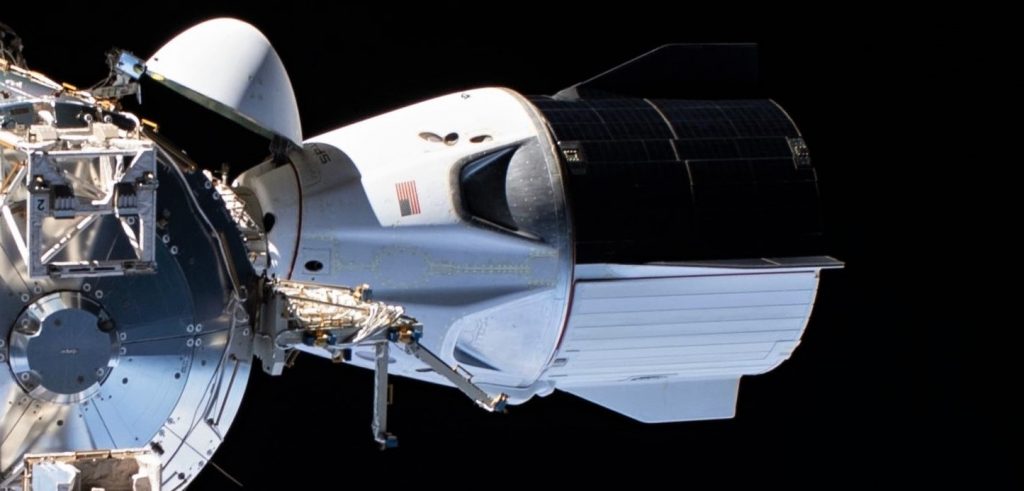
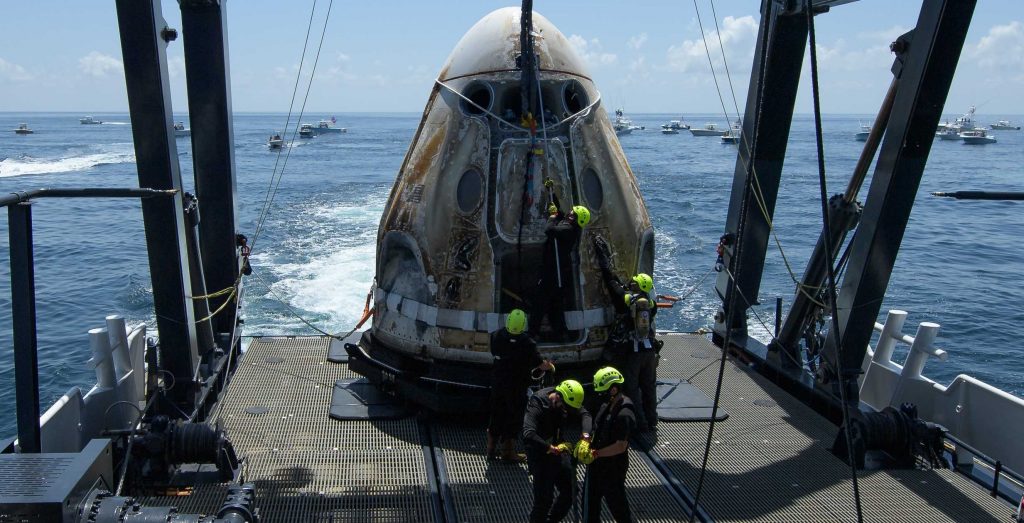
The Crew Dragon capsule assigned to Crew-2 debuted on May 30th, 2020 and carried NASA astronauts Bob Behnken and Doug Hurley to the ISS without any major issue, where it spent a little over two months in orbit. On August 2nd, the spacecraft safely reentered Earth’s atmosphere traveling around 7.5 kilometers per second (17,000 mph) and splashed down in the Gulf of Mexico with both astronauts none the worse for wear. Since then, SpaceX has disassembled the Dragon, carefully inspected every possible inch, and refurbished the vehicle for Crew-2.
Despite the historic nature of the task of qualifying and refurbishing the first commercial spacecraft in history that is expected to launch NASA astronauts twice, Crew Dragon C206’s turnaround will be the fastest in Dragon history – and by a margin of almost 40%.
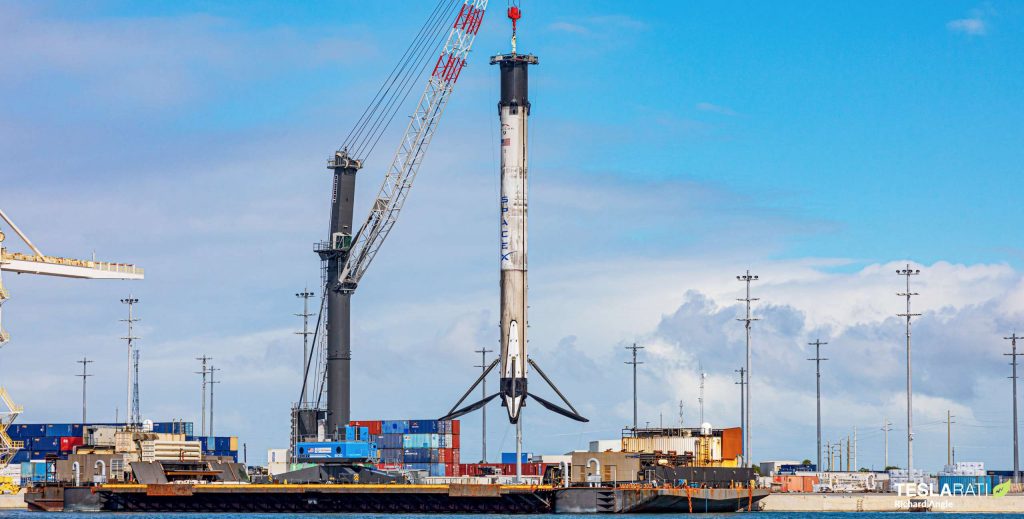
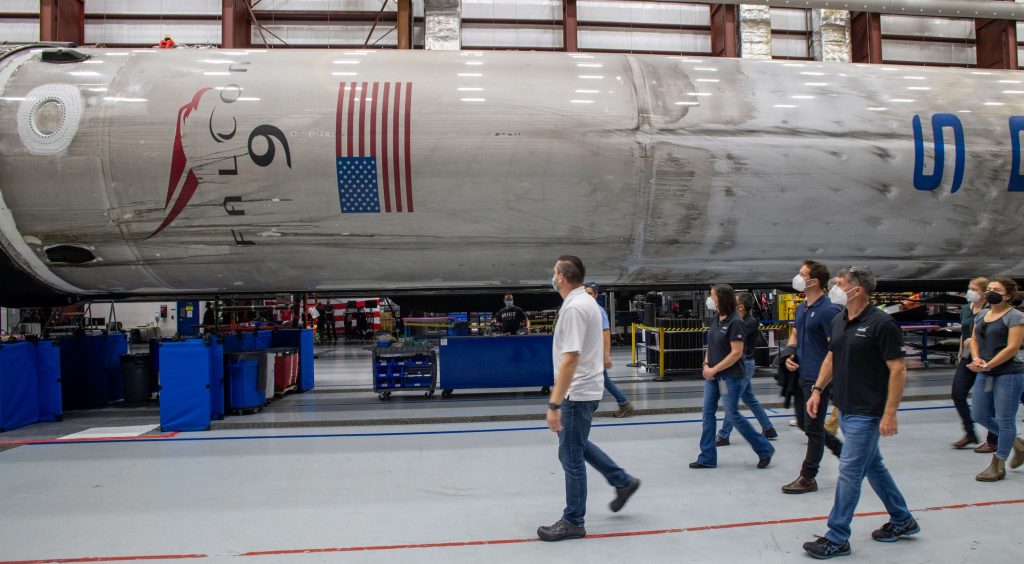
After acing its role in SpaceX’s first operational astronaut launch five months ago, Falcon 9 booster B1061 will also be flying for the second time on Crew-2 – especially fitting given that the Crew-2 will meet the only other spacecraft and astronauts launched on the same booster at the ISS. As of Thursday, April 15th, Crew-2 is seven days away from a launch planned no earlier than 6:11 am EDT (10:11 UTC) on Thursday, April 22nd. The flight-proven Dragon and Falcon 9 booster and a new, expendable upper stage are expected to roll out to Pad 39A within the next few days for an integrated static fire test 4-5 days prior to launch.

News
Tesla (TSLA) receives “Buy” rating and $551 PT from Canaccord Genuity
He also maintained a “Buy” rating for TSLA stock over the company’s improving long-term outlook, which is driven by autonomy and robotics.

Canaccord Genuity analyst George Gianarikas raised his Tesla (NASDAQ:TSLA) price target from $482 to $551. He also maintained a “Buy” rating for TSLA stock over the company’s improving long-term outlook, which is driven by autonomy and robotics.
The analyst’s updated note
Gianarikas lowered his 4Q25 delivery estimates but pointed to several positive factors in the Tesla story. He noted that EV adoption in emerging markets is gaining pace, and progress in FSD and the Robotaxi rollout in 2026 represent major upside drivers. Further progress in the Optimus program next year could also add more momentum for the electric vehicle maker.
“Overall, yes, 4Q25 delivery expectations are being revised lower. However, the reset in the US EV market is laying the groundwork for a more durable and attractive long-term demand environment.
“At the same time, EV penetration in emerging markets is accelerating, reinforcing Tesla’s potential multi‑year growth runway beyond the US. Global progress in FSD and the anticipated rollout of a larger robotaxi fleet in 2026 are increasingly important components of the Tesla equity story and could provide sentiment tailwinds,” the analyst wrote.
Tesla’s busy 2026
The upcoming year would be a busy one for Tesla, considering the company’s plans and targets. The autonomous two-seat Cybercab has been confirmed to start production sometime in Q2 2026, as per Elon Musk during the 2025 Annual Shareholder Meeting.
Apart from this, Tesla is also expected to unveil the next-generation Roadster on April 1, 2026. Tesla is also expected to start high-volume production of the Tesla Semi in Nevada next year.
Apart from vehicle launches, Tesla has expressed its intentions to significantly ramp the rollout of FSD to several regions worldwide, such as Europe. Plans are also underway to launch more Robotaxi networks in several more key areas across the United States.
News
Waymo sues Santa Monica over order to halt overnight charging sessions
In its complaint, Waymo argued that its self-driving cars’ operations do not constitute a public nuisance, and compliance with the city’s order would cause the company irreparable harm.

Waymo has filed a lawsuit against the City of Santa Monica in Los Angeles County Superior Court, seeking to block an order that requires the company to cease overnight charging at two facilities.
In its complaint, Waymo argued that its self-driving cars’ operations do not constitute a public nuisance, and compliance with the city’s order would cause the company irreparable harm.
Nuisance claims
As noted in a report from the Los Angeles Times, Waymo’s two charging sites at Euclid Street and Broadway have operated for about a year, supporting the company’s growing fleet with round-the-clock activity. Unfortunately, this has also resulted in residents in the area reportedly being unable to sleep due to incessant beeping from self-driving taxis that are moving in and out of the charging stations around the clock.
Frustrated residents have protested against the Waymos by blocking the vehicles’ paths, placing cones, and “stacking” cars to create backups. This has also resulted in multiple calls to the police.
Last month, the city issued an order to Waymo and its charging partner, Voltera, to cease overnight operations at the charging locations, stating that the self-driving vehicles’ activities at night were a public nuisance. A December 15 meeting yielded no agreement on mitigations like software rerouting. Waymo proposed changes, but the city reportedly insisted that nothing would satisfy the irate residents.
“We are disappointed that the City has chosen an adversarial path over a collaborative one. The City’s position has been to insist that no actions taken or proposed by Waymo would satisfy the complaining neighbors and therefore must be deemed insufficient,” a Waymo spokesperson stated.
Waymo pushes back
In its legal complaint, Waymo stated that its “activities at the Broadway Facilities do not constitute a public nuisance.” The company also noted that it “faces imminent and irreparable harm to its operations, employees, and customers” from the city’s order. The suit also stated that the city was fully aware that the Voltera charging sites would be operating around the clock to support Waymo’s self-driving taxis.
The company highlighted over one million trips in Santa Monica since launch, with more than 50,000 rides starting or ending there in November alone. Waymo also criticized the city for adopting a contentious strategy against businesses.
“The City of Santa Monica’s recent actions are inconsistent with its stated goal of attracting investment. At a time when the City faces a serious fiscal crisis, officials are choosing to obstruct properly permitted investment rather than fostering a ‘ready for business’ environment,” Waymo stated.
News
Tesla FSD v14.2.2 is getting rave reviews from drivers
So far, early testers have reported buttery-smooth drives with confident performance, even at night or on twisty roads.

Tesla Full Self-Driving (Supervised) v14.2.2 is receiving positive reviews from owners, with several drivers praising the build’s lack of hesitation during lane changes and its smoother decision-making, among others.
The update, which started rolling out on Monday, also adds features like dynamic arrival pin adjustment. So far, early testers have reported buttery-smooth drives with confident performance, even at night or on twisty roads.
Owners highlight major improvements
Longtime Tesla owner and FSD user @BLKMDL3 shared a detailed 10-hour impression of FSD v14.2.2, noting that the system exhibited “zero lane change hesitation” and “extremely refined” lane choices. He praised Mad Max mode’s performance, stellar parking in locations including ticket dispensers, and impressive canyon runs even in dark conditions.
Fellow FSD user Dan Burkland reported an hour of FSD v14.2.2’s nighttime driving with “zero hesitations” and “buttery smooth” confidence reminiscent of Robotaxi rides in areas such as Austin, Texas. Veteran FSD user Whole Mars Catalog also demonstrated voice navigation via Grok, while Tesla owner Devin Olsen completed a nearly two-hour drive with FSD v14.2.2 in heavy traffic and rain with strong performance.
Closer to unsupervised
FSD has been receiving rave reviews, even from Tesla’s competitors. Xpeng CEO He Xiaopeng, for one, offered fresh praise for FSD v14.2 after visiting Silicon Valley. Following extended test drives of Tesla vehicles running the latest FSD software, He stated that the system has made major strides, reinforcing his view that Tesla’s approach to autonomy is indeed the proper path towards autonomy.
According to He, Tesla’s FSD has evolved from a smooth Level 2 advanced driver assistance system into what he described as a “near-Level 4” experience in terms of capabilities. While acknowledging that areas of improvement are still present, the Xpeng CEO stated that FSD’s current iteration significantly surpasses last year’s capabilities. He also reiterated his belief that Tesla’s strategy of using the same autonomous software and hardware architecture across private vehicles and robotaxis is the right long-term approach, as it would allow users to bypass intermediate autonomy stages and move closer to Level 4 functionality.








